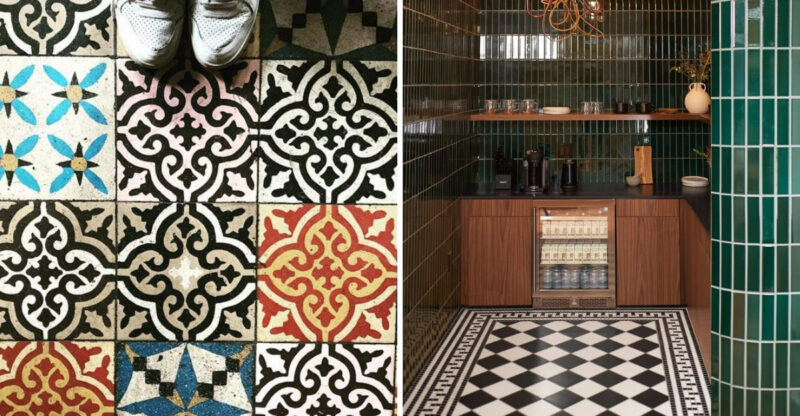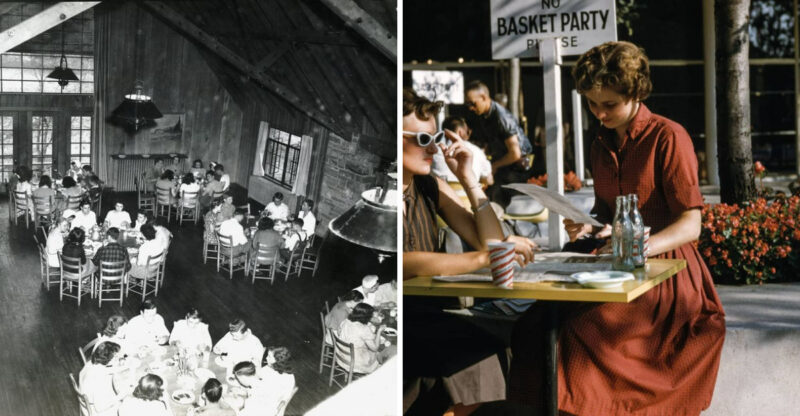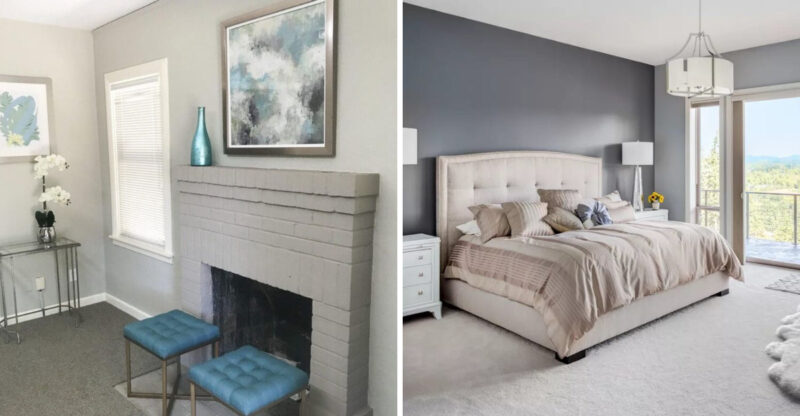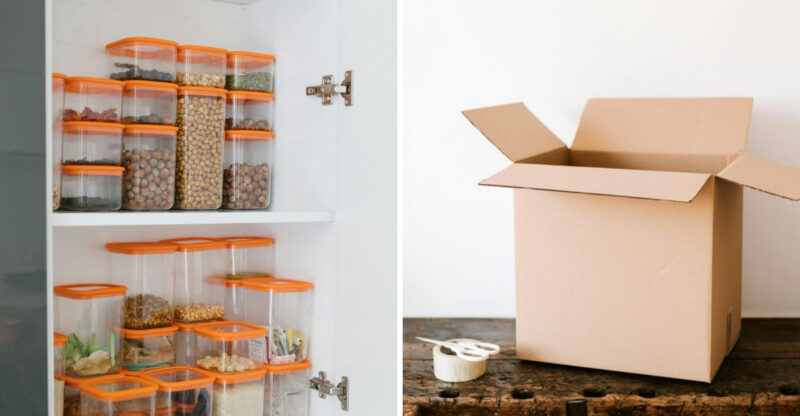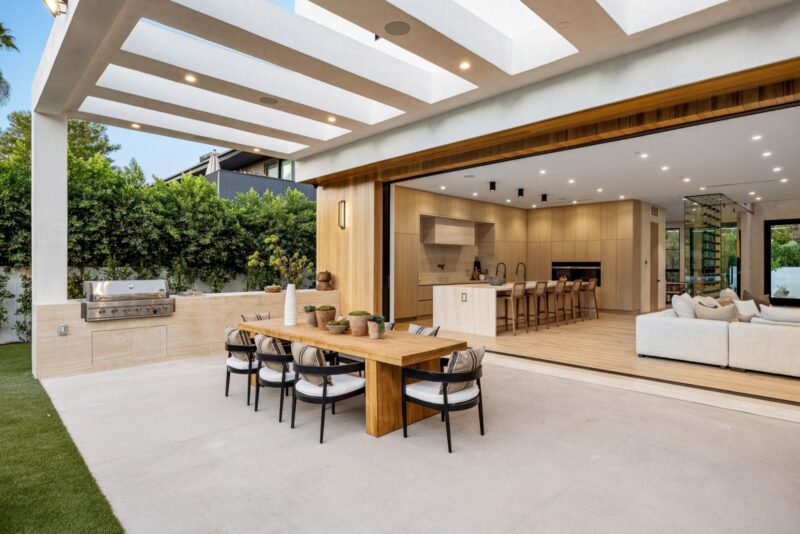16 Houseplants That Thrive Indoors All Year In Washington Homes
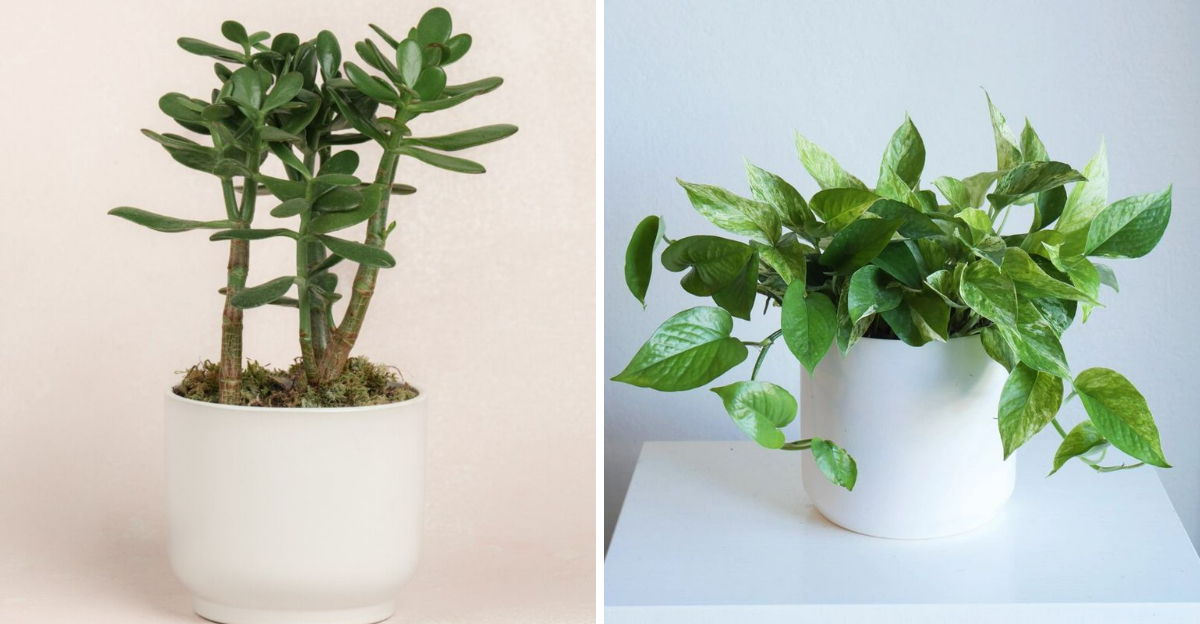
Looking to bring some natural beauty into your Washington home? Indoor plants can transform any space while purifying the air we breathe. The Pacific Northwest’s unique climate and often cloudy days make certain houseplants especially suitable for year-round indoor growth.
I’ve gathered 16 hardy, low-maintenance options that will flourish in your Washington home regardless of the season.
1. Snake Plant (Sansevieria)
My snake plant has survived everything from forgotten waterings to low light corners. These upright beauties with sword-like leaves practically thrive on neglect, making them perfect for busy Washington households.
During winter months when natural light is scarce, they continue growing without complaint. I water mine just once a month during the rainy season. Their air-purifying abilities work overtime removing toxins like formaldehyde from your indoor environment.
2. ZZ Plant (Zamioculcas zamiifolia)
Glossy, dark green leaves arranged on graceful stems give the ZZ plant an elegant silhouette that complements modern Washington homes. During those endless gray days, this plant keeps its vibrant appearance without complaining.
Native to drought-prone areas of Africa, ZZ plants store water in their bulbous roots. I water mine just once every three weeks in winter. They handle temperature fluctuations beautifully, never dropping leaves when the heat kicks on. For beginners or forgetful gardeners, you won’t find a more forgiving houseplant.
3. Spider Plant (Chlorophytum comosum)
Arching stems adorned with baby plantlets dangle playfully from my spider plant, creating living mobile art above my desk. The variegated leaves brighten even the darkest corner of my apartment during those notorious Washington winter months.
Spider plants actually prefer to dry out between waterings, perfect for when I’m away hiking the Cascades for the weekend. They continuously produce tiny white flowers that develop into baby plants you can snip and share with friends. These natural air purifiers remove carbon monoxide and xylene from indoor air.
4. Pothos (Epipremnum aureum)
Cascading vines of heart-shaped leaves brighten any dreary Washington day. My pothos thrives in both bright and low light areas, adapting to whatever spot needs a touch of green.
You’ll love watching new leaves unfurl with their marbled patterns of green and yellow or white. Simply let the soil dry completely between waterings, and trim occasionally to encourage fuller growth. Hanging from macramé holders or trailing along bookshelves, pothos brings effortless style to any room.
5. Peace Lily (Spathiphyllum)
Elegant white blooms rise above glossy green foliage in my peace lily, creating a sophisticated focal point in my Washington living room. Unlike many flowering houseplants, peace lilies bloom reliably indoors with minimal care.
They dramatically signal when thirsty by drooping their leaves, but quickly perk up after watering. I keep mine away from drafty windows during winter. Their ability to filter indoor air pollutants like benzene and formaldehyde makes them especially valuable in tightly sealed homes during rainy months.
6. Chinese Evergreen (Aglaonema)
Splashed with pink, red, or silver patterns, Chinese evergreen leaves bring tropical flair to my Pacific Northwest home. Even on the darkest winter days, these colorful plants maintain their vibrant appearance without demanding much attention.
I’ve placed mine on my bathroom counter where it thrives in the humidity from showers. They grow slowly but steadily, eventually forming beautiful clumps of patterned foliage. Chinese evergreens prefer temperatures above 60°F, making them ideal companions for cozy Washington interiors during chilly months.
7. Rubber Plant (Ficus elastica)
Burgundy-hued leaves unfurl dramatically on my rubber plant, creating a stunning vertical accent beside my window. Their thick, glossy foliage reflects what little sunlight filters through Washington’s cloud cover during winter months.
Rubber plants grow impressively tall when happy, sometimes reaching toward your ceiling. I rotate mine quarterly to ensure even growth. They prefer consistent moisture but forgive occasional neglect. Wiping dust from those broad leaves keeps them photosynthesizing efficiently when natural light is limited during our short winter days.
8. Philodendron
Heart-shaped leaves cascade from my philodendron, softening the edges of my bookshelf with living greenery. These tropical classics adapt surprisingly well to Washington’s indoor environments, continuing to produce new leaves even during the darkest months.
Climbing varieties will happily scale a moss pole, while trailing types spill beautifully from elevated planters. I mist mine occasionally during dry winter months when the heating system runs frequently. Philodendrons communicate their needs clearly – yellowing leaves mean too much water, while brown edges signal too little humidity.
9. Dracaena
Sword-like leaves with striking patterns crown the cane-like stems of my dracaena, creating a sculptural presence in my Seattle apartment. Their upright growth habit makes excellent use of vertical space without hogging precious floor area.
Available in varieties with green, yellow, or red striping, dracaenas add architectural interest to any room. They tolerate the dry air that often results from winter heating. I keep mine away from cold drafts and water sparingly during winter months. Their slow growth means they won’t quickly outgrow their space.
10. Jade Plant (Crassula ovata)
Plump, glossy leaves store water efficiently in my jade plant, mimicking tiny trees that bring a sense of miniature forest to my windowsill. As a succulent, it’s perfectly adapted to indoor conditions where overwatering is the most common plant killer.
Jade plants symbolize prosperity, making them thoughtful housewarming gifts for Washington friends. I water mine thoroughly once the soil completely dries out. With proper care, these living sculptures can thrive for decades, growing more gnarly and tree-like with age. Their thick stems and branches develop beautiful woody characteristics over time.
11. Boston Fern (Nephrolepis exaltata)
Feathery fronds create a fountain of green that softens my Washington home’s angular furniture. Boston ferns bring that lush, woodland feeling indoors – perfect for recreating the Pacific Northwest’s forest ambiance in your living space.
Unlike many ferns, Boston varieties adapt well to indoor conditions if given proper humidity. I mist mine frequently during winter when indoor heating systems dry the air. Placing them on pebble trays with water adds moisture without soggy soil. Their graceful arching habit makes them stunning in hanging baskets or elevated planters.
12. Aloe Vera
Spiky succulent leaves filled with soothing gel make aloe vera both decorative and practical in my Washington apartment. Beyond its striking architectural form, I’ve used the gel straight from a cut leaf to soothe kitchen burns and winter-dry skin.
Aloe thrives in bright spots but adapts to medium light conditions common in Washington homes. The thick leaves store water efficiently, meaning less frequent watering is needed – perfect for busy schedules. New pups regularly form around the mother plant, giving you baby aloes to share with friends.
13. Monstera Deliciosa
Dramatic split leaves with distinctive holes create living sculpture in my living room. Monsteras have skyrocketed in popularity, and for good reason – they bring instant tropical vibes to Washington homes while being surprisingly adaptable to indoor conditions.
Young plants have heart-shaped leaves that gradually develop their characteristic splits as they mature. I rotate mine regularly to encourage even growth toward light sources. During winter months, I water less frequently but maintain humidity with occasional misting. These climbing plants can be trained up moss poles for stunning vertical interest.
14. Cast Iron Plant (Aspidistra elatior)
Long, arching dark green leaves maintain their dignified appearance in my entryway despite fluctuating temperatures and minimal light. Named for their nearly indestructible nature, cast iron plants earned their reputation honestly – they’re among the toughest houseplants available.
Unlike flashier varieties, these slow-growing plants provide reliable greenery without drama or special care. I water mine just monthly during winter. Native to forest floors, they naturally thrive in low light conditions similar to many Washington interiors. Their ability to filter indoor air pollutants makes them functional as well as decorative.
15. Prayer Plant (Maranta)
Intricately patterned leaves fold upward at night like hands in prayer, creating living art that changes throughout the day in my Washington apartment. The red veining against green backgrounds adds natural color even on the grayest days.
Prayer plants appreciate the naturally humid conditions common in coastal Washington areas. I group mine with other plants to create humid microclimates during drier months. Their compact growth habit makes them perfect for coffee tables or shelves. Though not the easiest plants, their fascinating leaf movements and beautiful patterns make them worth the extra attention.
16. English Ivy (Hedera helix)
Trailing vines of pointed, star-shaped leaves create living curtains from my bookshelf, adding European cottage charm to my Pacific Northwest home. While invasive outdoors in Washington, English ivy behaves beautifully as a houseplant.
The variegated varieties add brightness to dark corners with their green and cream patterns. I trim mine occasionally to encourage fuller growth. They prefer cooler temperatures, making them ideal for Washington homes that aren’t overheated in winter. English ivy effectively removes airborne mold particles – particularly valuable during our damp seasons.

